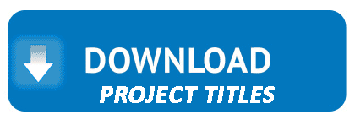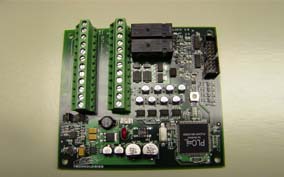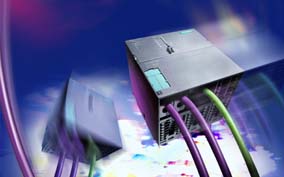INTRODUCTION
Lab VIEW (short for Laboratory Virtual Instrument Engineering Workbench) is a system-design platform and development environment for a visual programming language from National Instruments.
The graphical language is named "G" (not to be confused with G-code). Originally released for the Apple Macintosh in 1986, Lab VIEW is commonly used for data acquisition, instrument control, and industrial automation on a variety of platforms including Microsoft Windows, various versions of UNIX, Linux, and OS X. The latest version of Lab VIEW is Lab VIEW 2015, released in August 2015.
TYPES OF PROGRAMMING IN LAB VIEW:-
DATAFLOW PROGRAMMING:-
The programming language used in LabVIEW, also referred to as G, is a dataflow programming language. Execution is determined by the structure of a graphical block diagram (the Lab VIEW -source code) on which the programmer connects different function-nodes by drawing wires. These wires propagate variables and any node can execute as soon as all its input data become available. Since this might be the case for multiple nodes simultaneously, G is inherently capable of parallel execution. Multi-processing and multi-threading hardware is automatically exploited by the built-in scheduler, which multiplexes multiple OS threads over the nodes ready for execution.
GRAPHICAL PROGRAMMING :-
LabVIEW ties the creation of user interfaces (called front panels) into the development cycle. LabVIEW programs/subroutines are called virtual instruments (VIs). Each VI has three components: a block diagram, a front panel and a connector panel. The last is used to represent the VI in the block diagrams of other, calling VIs. The front panel is built using controls and indicators. Controls are inputs – they allow a user to supply information to the VI. Indicators are outputs – they indicate, or display, the results based on the inputs given to the VI. The back panel, which is a block diagram, contains the graphical source code. All of the objects placed on the front panel will appear on the back panel as terminals. The back panel also contains structures and functions which perform operations on controls and supply data to indicators. The structures and functions are found on the Functions palette and can be placed on the back panel. Collectively controls, indicators, structures and functions will be referred to as nodes. Nodes are connected to one another using wires – e.g. two controls and an indicator can be wired to the addition function so that the indicator displays the sum of the two controls. Thus a virtual instrument can either be run as a program, with the front panel serving as a user interface, or, when dropped as a node onto the block diagram, the front panel defines the inputs and outputs for the node through the connector pane. This implies each VI can be easily tested before being embedded as a subroutine into a larger program. The graphical approach also allows non-programmers to build programs by dragging and dropping virtual representations of lab equipment with which they are already familiar. The LabVIEW programming environment, with the included examples and documentation, makes it simple to create small applications. This is a benefit on one side, but there is also a certain danger of underestimating the expertise needed for high-quality G programming. For complex algorithms or large-scale code, it is important that the programmer possess an extensive knowledge of the special LabVIEW syntax and the topology of its memory management. The most advanced LabVIEW development systems offer the possibility of building stand-alone applications. Furthermore, it is possible to create distributed applications, which communicate by a client/server scheme, and are therefore easier to implement due to the inherently parallel nature of G.
BENEFITS:-
Interfacing to Devices
Code compilation
Large libraries
Parallel programming
Ecosystem
User community
Dataflow programming model
Licensing
Run-time environment
Race conditions and parallel execution
Performance
Light weight applications
Timing system
Repositories and libraries:-
OpenG, as well as LAVA Code Repository (LAVAcr), serve as repositories for a wide range of Open Source LabVIEW applications and libraries. Source Forge has LabVIEW listed as one of the possible languages in which code can be written.
VI Package Manager has become the standard package manager for LabVIEW libraries. It is very similar in purpose to Ruby's Ruby Gems and Perl's CPAN, although it provides a graphical user interface similar to the Synaptic Package Manager. VI Package Manager provides access to a repository of the OpenG (and other) libraries for LabVIEW. Tools exist to convert MathML into G code.



